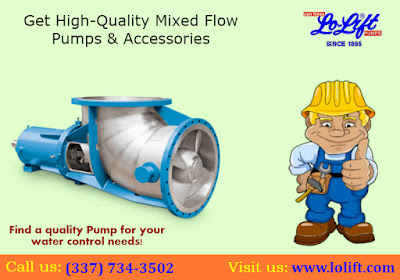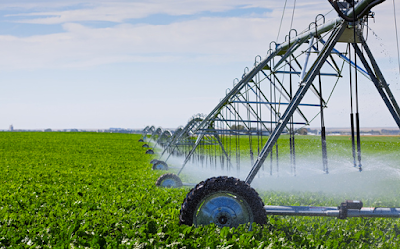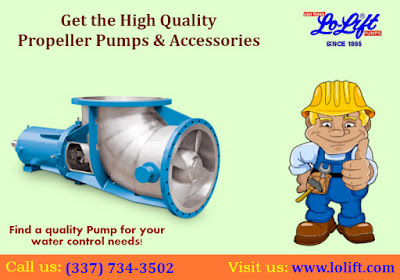Irrigation is the artificial application of water onto land for groundwater care or agricultural purpose. An irrigation pump is therefore used to move water from the water source like pond, river or other storage location to the specified area of dry land for agricultural purpose. Water irrigations pumps are usually used to assist in to supply the required water on right time for proper yields and the maintenance of lawns, vegetation, and fields. This is the main cause to refer to as lawn irrigation pumps. The principle followed in the water pumps for the irrigation system is usually in the centrifugal design due to the ability to efficiently handle the water at a range of flow and pressure. Irrigation Pumps is the major support for the people who involved in the farming activities from the half century before.
More people attain the benefits from this technology and many firms supply pumping solutions for irrigation, agriculture and livestock application. It reduces the energy, costs, safeguards the water resources and keeps productivity at its best by supply the water at the desired place at the right time. Our company offers the industry broadest line of the pumping system to meet these requirements. Our pumping systems are efficient, tested for reliability and designed to work seamlessly with modern irrigation systems as well as agricultural and non-agricultural applications. This organization draws on competencies and knowledge built up since 1895.
Performance and winterize
Performance of the irrigation pumps measured in capacity, flow rate and pressure. Capacity is measured in gallons per minute (GPM) and is a function of the motor’s horsepower, discharge pressure and the distance above the water the pump is located. Try to find the proper balance between flow rate and pressure. Keep in mind as the flow rate increases, pressure decreases, and vice versa. Try to avoid long runs of pipe as they tend to reduce efficiency. Larger pumps and impellers with smooth finishes tend to operate with greater efficiency. If you live in a climate with temperatures below freezing, you’ll need to winterize the system by disconnecting the suction and discharge lines connected to the pump, emptying water from all pipes and storing the pump indoors during the cold season.




























